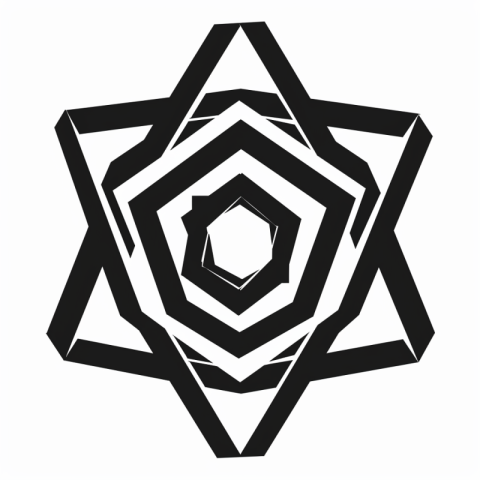











Premium Sketch Brushes for Drawing and Illustration
Sketch brushes are essential tools for artists of all levels, from beginners to seasoned professionals. They are designed to mimic the marks and textures of traditional sketching tools, such as pencils, charcoal, and pastels, and can be used for a wide variety of drawing and illustration styles. Whether you work with traditional media or digital art software, choosing the right sketch brush can significantly impact the quality and expressiveness of your artwork.
Types of Sketch Brushes:
1. Traditional Sketch Brushes:
- Pencil Brushes: These are the most common type of sketch brush and come in a variety of hardnesses (e.g., 2H, HB, 2B, 4B, 6B, etc.). Harder pencils create lighter, finer lines, while softer pencils produce darker, broader strokes. They are essential for drawing.
- Charcoal Brushes: Made from natural or synthetic fibers, these brushes are designed to hold and distribute charcoal particles. They come in various shapes and sizes for creating different effects, from broad strokes to fine details.
- Pastel Brushes: Similar to charcoal brushes, but typically softer and designed for blending and smudging pastel colors.
- Blending Stumps and Tortillons: While not technically brushes, these tools are essential for blending and softening graphite, charcoal, and pastel. They are made from tightly rolled paper and come in various sizes.
2. Digital Sketch Brushes:
- Pencil Brushes: Digital art software offers a vast array of pencil brushes that mimic the look and feel of traditional pencils. These brushes often have customizable settings for pressure sensitivity, opacity, and texture.
- Charcoal Brushes: Digital charcoal brushes simulate the texture and blending properties of real charcoal. They can be used to create expressive strokes and achieve a wide range of tonal values.
- Pastel Brushes: Digital pastel brushes replicate the soft, powdery texture of pastels. They are ideal for creating painterly effects and blending colors seamlessly.
- Custom Brushes: Many digital art programs allow you to create your own custom sketch brushes by adjusting parameters like brush tip shape, texture, spacing, and scattering.
Key Features to Consider When Choosing a Sketch Brush:
- Brush Tip Shape: The shape of the brush tip determines the type of mark it makes. Common shapes include round, flat, angled, and fan.
- Brush Size: Choose a brush size that is appropriate for the level of detail you want to achieve.
- Hardness/Softness: For traditional brushes, hardness refers to the lead grade (pencils) or the density of the fibers (charcoal and pastel). For digital brushes, hardness often relates to the opacity and edge definition of the stroke.
- Pressure Sensitivity: If you're using a digital drawing tablet, choose brushes that are responsive to pressure sensitivity. This allows you to create variations in line width and opacity by varying the pressure you apply to the stylus.
- Texture: Some brushes have built-in textures that mimic the look of traditional media, such as paper grain or canvas texture.
- Opacity: The opacity of a brush determines how transparent or opaque the stroke is.
- Flow: Flow controls the rate at which the medium is applied. A lower flow setting can create a more gradual buildup of color or value.
- Blending Properties: Consider how well the brush blends with other strokes or colors. Some are good for drawing.
Popular Brands of Sketch Brushes:
- Traditional: Faber-Castell, Derwent, Prismacolor, Conté à Paris, General Pencil Company
- Digital: Adobe Photoshop, Procreate, Clip Studio Paint, Corel Painter, Autodesk Sketchbook
Tips for Using Sketch Brushes:
- Experiment with Different Brushes: The best way to find the right sketch brush is to experiment with different types and settings.
- Practice Pressure Control: If you're using a pressure-sensitive stylus, practice varying the pressure to create different line widths and opacities.
- Layer Your Strokes: Build up your drawing gradually by layering strokes.
- Use Blending Tools: Blending stumps, tortillons, or digital blending brushes can help you achieve smooth transitions and soften edges.
- Study Traditional Techniques: Even if you're working digitally, studying traditional sketching techniques can help you improve your skills.
Where to Buy Sketch Brushes:
- Art Supply Stores: Local art supply stores carry a wide selection of both traditional and digital sketch brushes.
- Online Retailers: Websites like Amazon, Blick Art Materials, and Jerry's Artarama offer a vast array of sketch brushes from various brands.
- Digital Marketplaces: For digital brushes, check out marketplaces like Gumroad, Creative Market, and the Adobe Exchange.
Conclusion:
Sketch brushes are fundamental tools for any artist who enjoys drawing and illustration. Whether you prefer the tactile feel of traditional media or the versatility of digital art software, there's a sketch brush out there that's perfect for you. By understanding the different types of brushes available and experimenting with their various features, you can unlock your creative potential and bring your artistic visions to life.
sketch brushes, drawing brushes, illustration brushes, pencil brushes, charcoal brushes, pastel brushes, digital sketch brushes, traditional sketch brushes, best sketch brushes, sketch brush set, sketching tools, drawing tools, art supplies, brush tip shapes, brush hardness, pressure sensitivity, brush texture, brush opacity, brush flow, blending brushes, blending stumps, tortillons, Faber-Castell, Derwent, Prismacolor, Conté à Paris, Adobe Photoshop brushes, Procreate brushes, Clip Studio Paint brushes, best brushes for sketching, best brushes for drawing, best brushes for illustration, sketching techniques, drawing techniques, where to buy sketch brushes, online art supplies, digital art supplies, art supplies for beginners, art supplies for professionals, custom sketch brushes, free sketch brushes, sketch brush tutorials, how to use sketch brushes, sketching tips and tricks.

